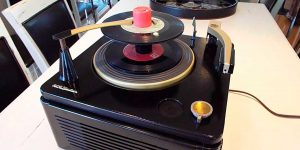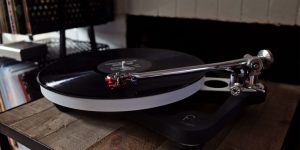Knowing how to check if your turntable is running at the right speed is very important (especially if you are still new to this field). Or maybe you’re an aspiring DJ, and this knowledge will definitely come in handy.
So, what is it really about, and why is it so important? Have you ever noticed that the sound of your favorite vinyl record is a bit off? Maybe the problem is with the rotation speed of your player. Don’t worry; this is a pretty common problem, and today, I will tell you how to solve it.
You might ask, «How do I know whether my device is running at the right speed, and how to check the turntable speed?». Well, I am here to help you. In this article, we’ll find out how to adjust your turntable speed correctly to enjoy your music sessions.
Why correct speed is important for playing records
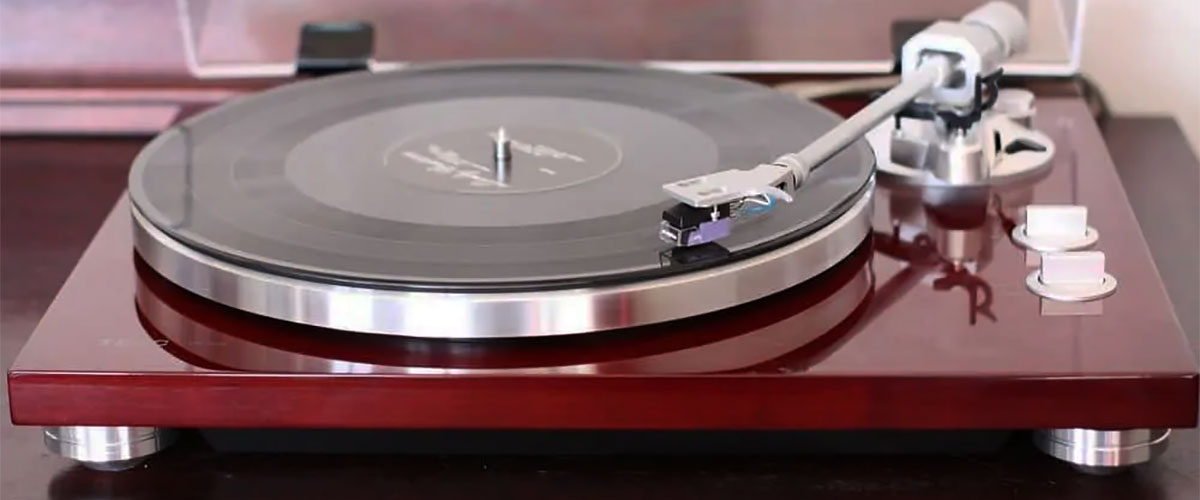
Records are differentiated by the number of revolutions per minute. The term RPM stands for “revolutions per minute”, which tells us how many times a record is completely turned around in one minute.
Most records are designed to be played at one of three speeds: 78, 33 1/3, or 45 RPM.
And now, let’s look through some points that explain why the right speed is important for a proper listening experience:
Sound quality
Playing vinyl records at the right speed is super important to get the music sounding just like the musicians or producers wanted. Therefore, only correct playback (at the correct speed) will maximize the accurate sound of instruments and vocals.
Vinyl record preservation
Also, listening to vinyl records at the right speed also helps avoid premature wear and tear. Proper usage safeguards the record grooves, prolonging the life of your vinyl collection.
Listening experience
Eventually, the proper selection of speed significantly affects how much you enjoy it. It’s not just about getting the tempo right; it lets you notice all the little details and special parts in the music. If you set up your device properly, some special parts, along with the overall sound, become clearer and more real. So, when you find the perfect speed, it’s not just playing a record; it’s like discovering something deeper than just music.
The easy ways to measure turntable speed
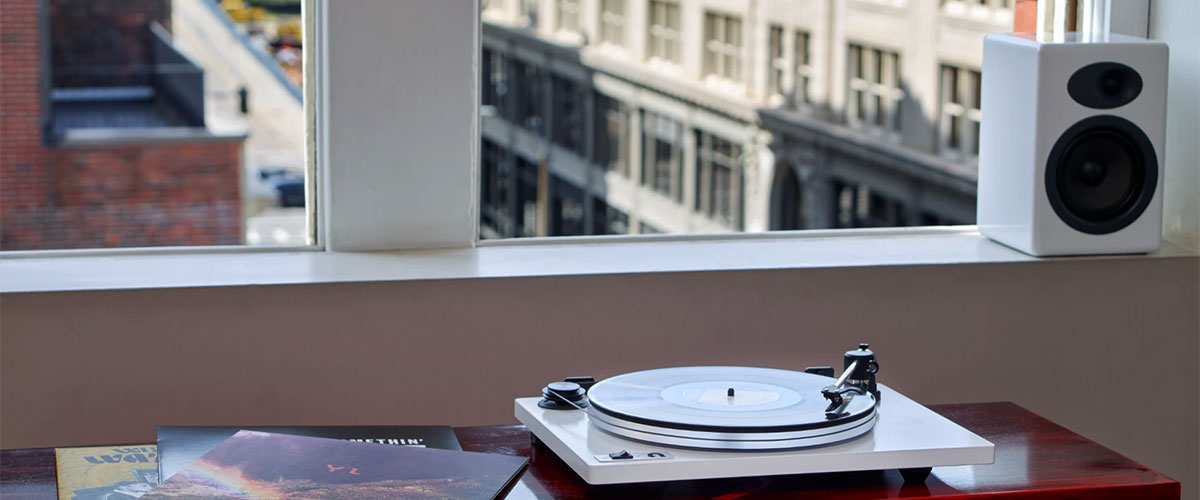
Now that you understand the significance of the right speed, I want to explore how to set your record player speed settings properly so you can get your device’s optimal speed and preserve true sound quality.
Using a strobe light
The first way is to use a stroboscope, a device that emits light at a fixed frequency. When the light shines on a spinning object, it looks like it’s standing still. So, by adjusting the turntable until it matches the light’s pattern, you’re making sure it’s spinning at the right speed for your music.
Let’s get more detailed. To check the speed, you need to:
- turn on the incandescent lamp and put the strobe on the slip mat with the side with risks (special divisions);.
- start the player;.
- if the speed is correct, the strobe should not move.
Using mobile apps
If you want to measure your device’s playback speed without using a strobe light, you can try to do it with a mobile app. One popular example is the “RPM Calculator” app. This app uses your phone’s camera to analyze the rotation speed of an object, such as a turntable. It can help you to assess if it is running at the correct speed. If any adjustments are needed, the app will guide you on tuning the speed for optimal performance. I think it’s a handy and modern way to keep your turntable in tune without any special tools by using only your smartphone!
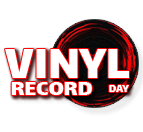
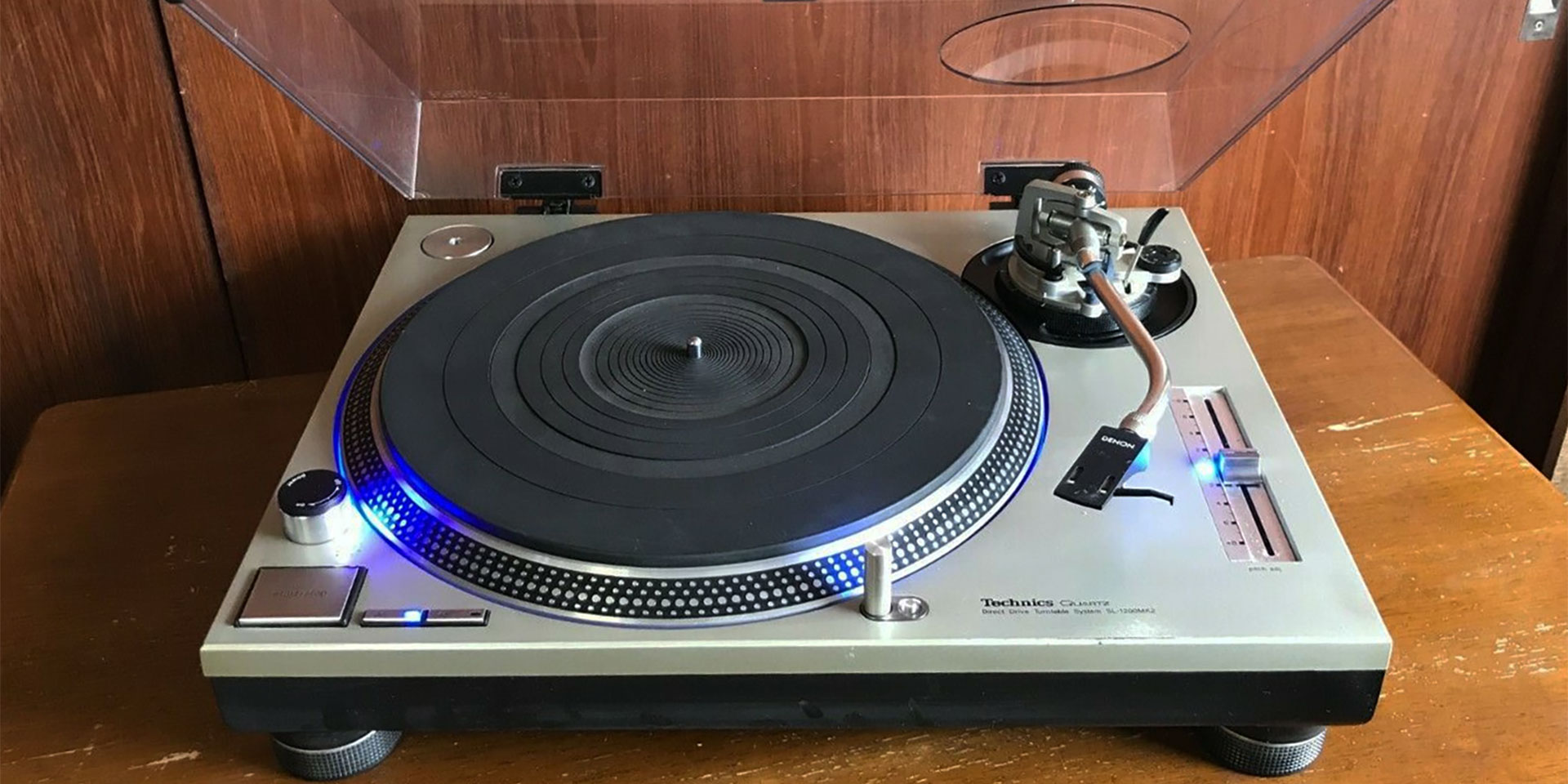
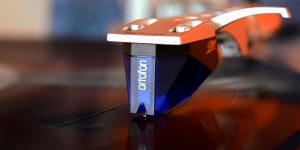

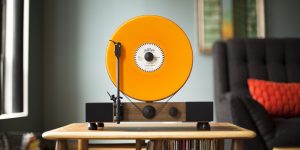
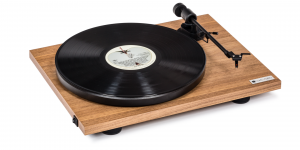
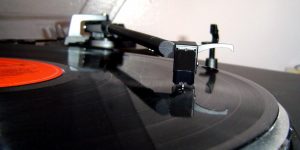
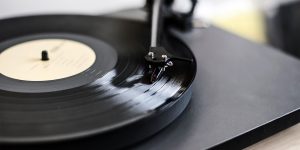
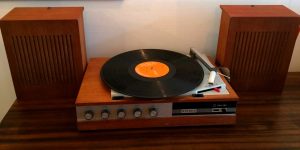
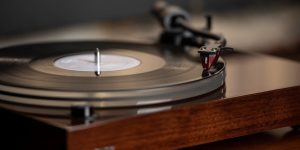

![Connect a Turntable to Your Wireless Bluetooth Speakers [Easy Guide]](https://www.vinylrecordday.org/wp-content/uploads/2021/12/tuntable-and-sonos-speaker-300x150.jpg)
